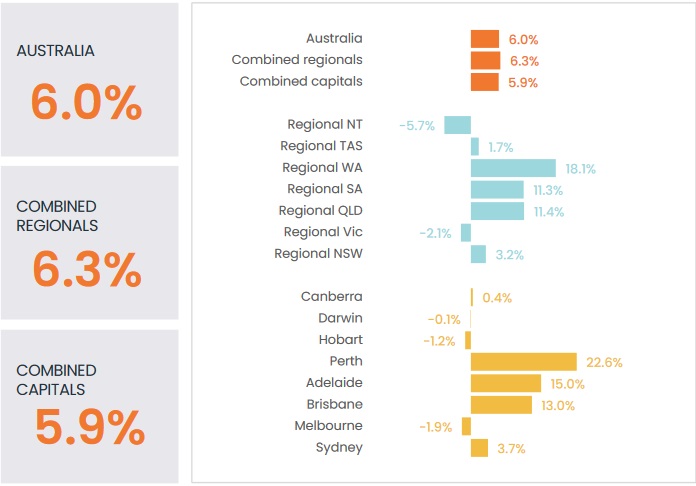As we delve into the national housing market trends for November 2024, it's crucial to understand the broader picture and the regional variations that shape the landscape. The housing market has been experiencing significant shifts, influenced by various economic and social factors.
The annual growth trend in the housing market has continued to soften, with growth reducing to 6% over the 12 months ending in October, down from a peak of 9.7% in February. This slowdown in home value growth is paired with a rise in advertised stock levels, giving buyers more options. Based on a rolling four-week count of listings up to November 3, advertised inventory levels have risen 14% since the end of winter across the combined capitals.
Total listings in Sydney and Melbourne are now 12% above the previous five-year average, contributing to softer market conditions as buyers gain access to more choices and feel less urgency. However, mid-sized capitals like Perth, Adelaide, and Brisbane continue to experience advertised stock levels more than 20% below the five-year average for this time of year. This provides sellers in these cities a stronger position, although there are signs of a gradual balancing with rising supply.
The number of home sales, however, is showing signs of decline. Estimates indicate that Capital City sales over the three months ending in October were down 7.5% from the prior three months and 1.6% lower than the same period last year. With more available stock and fewer buyers, the overall selling environment has loosened.
Housing Market Trends and Influences
Several factors are influencing the current housing market trends:
The overall economic stability, including job growth and wage increases, has positively impacted the housing market. A strong economy boosts consumer confidence, leading to higher home purchases.
The stabilization of mortgage rates at 4.5% has made home financing more predictable, encouraging more buyers to enter the market.
Millennials are now the largest group of homebuyers, driving demand for starter homes and suburban properties.
There is a noticeable shift from urban to suburban living, influenced by remote work trends and the desire for more space.
Recent government initiatives aimed at increasing homeownership have also played a role in shaping the market dynamics.







